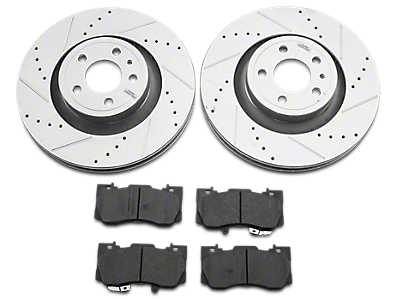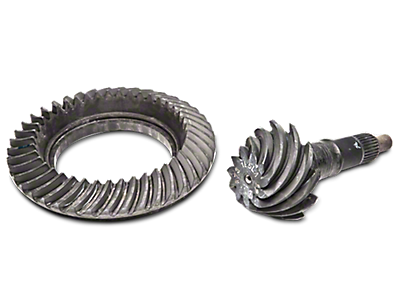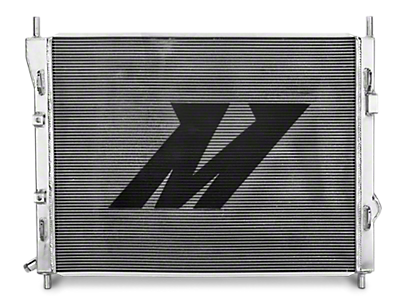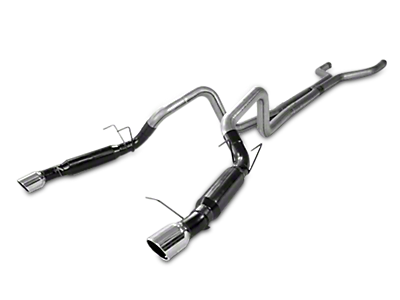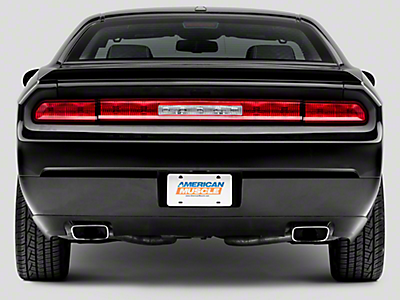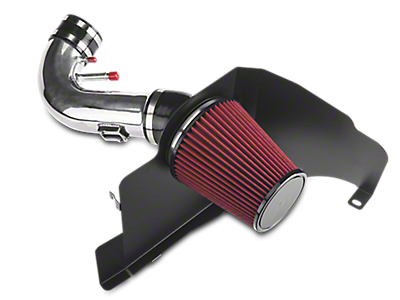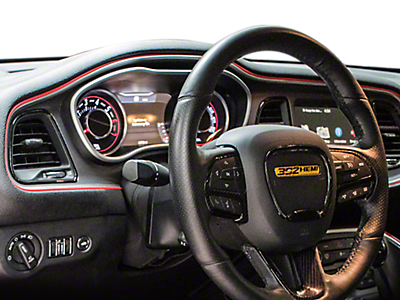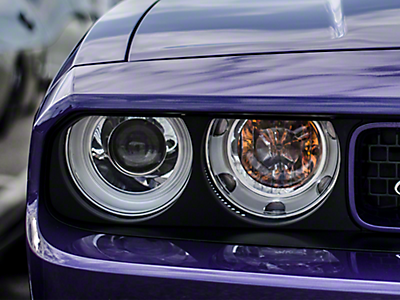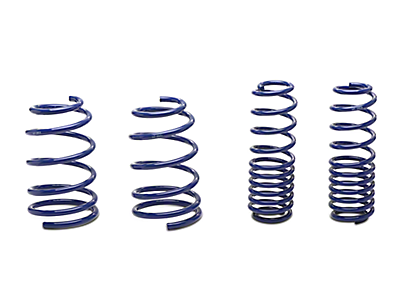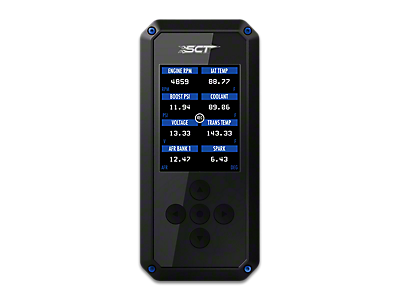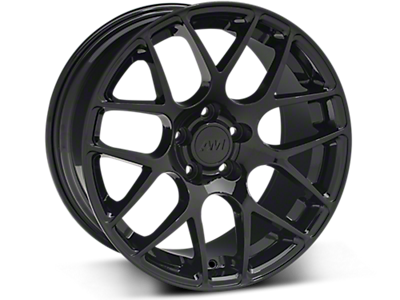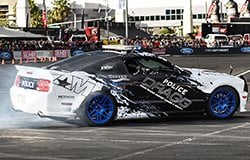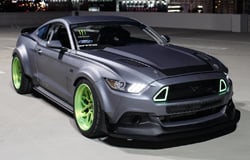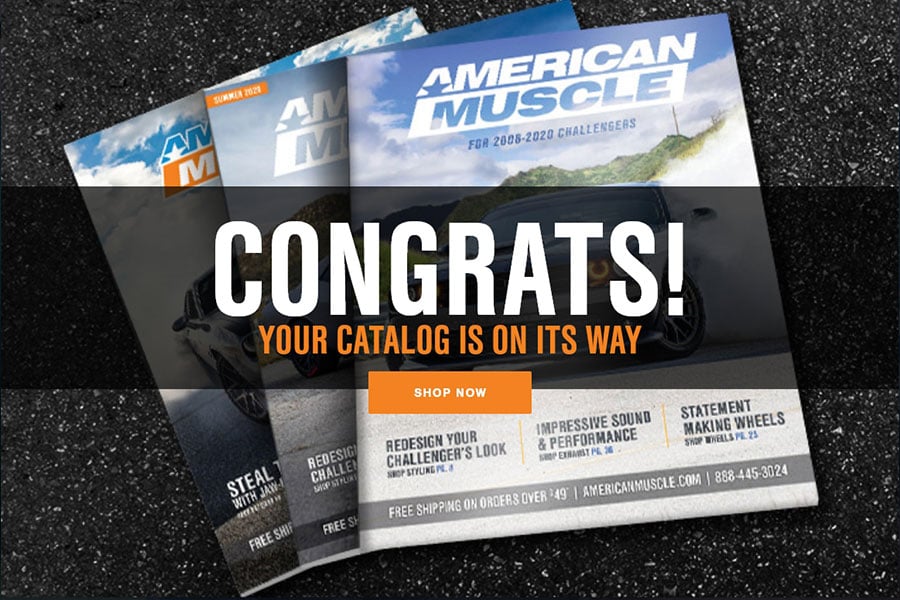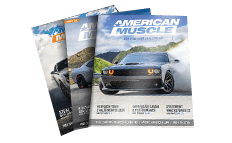The 2013 Dodge Challenger is an iconic car that provides an incredible driving experience. Although it’s pretty amazing from the factory, there’s so much potential to this car that it would be a shame not to customize it, especially the Dodge Challenger. Being that the 2013 Challenger has an old-school look, but includes a bunch of modern accessories and equipment, it can easily be made into the ultimate driving machine with a few Dodge Challenger parts and accessories from AmericanMuscle. We carry a wide range of Dodge Challenger accessories and parts from reputable brands that can quickly improve the looks or performance of your car. Whether you’re looking into improving your brake system, or exterior, adding some Dodge Challenger accessories to the interior, or increasing its power, feel free to reach out to one of our sales techs and get recommendations and tips on how to achieve your goals regarding your 2013 Dodge Challenger.
2013 Dodge Challenger
Big V8, solid performance and good style - all three characteristics embodied by the 2013 Dodge Challenger. Now in its sixth year of production since its debut in 2008, the 2013 Challenger offers up good performance at a reasonable price. Basic trim levels consist of SXT, R/T and SRT 392. The SXT is the base model, packing a 3.6L V6 Pentastar engine rated at 305 horsepower and 268 lb-ft of torque. The R/T drops in the famed 5.7L Hemi V8, tuned at 375 horsepower and 410 lb-ft of torque. For the biggest performance enthusiasts, the SRT 392 package sees the 5.7L replaced by a massive 6.4L V8 that pumps out nearly another 100 horsepower over its smaller Hemi brother, coming in at an even 470 horsepower and the same for torque. In order to help manage these power levels, SRT 392 Challengers also get upgraded brakes and suspension components.
Control Body Roll
Weighing in pretty close to 4000 lbs, the 2013 Challenger is the heaviest muscle car in the segment, which unfortunately does translate to extra body roll through the corners. Reducing body roll and making the Challenger feel a bit lighter on its feel can be accomplished by upgrading to larger sway bars.
- Reduce body roll
- Better cornering
- Firmer driving feel
The front and rear swaybars have the job of controlling body roll by connecting each side of the car together through the control arms and end links. When a control arm compresses, it exerts a twisting force on the sway bar that then acts as a lever, transmitting the force to the opposite side of the Challenger and actually opposing the motion, thereby limited body roll. Aftermarket sway bars feature larger diameter, increasing their rigidity and magnifying their ability to counter body roll. Made from tubular steel, even a minor increase in bar diameter equates to an exponential increase in rigidity. On top of this, aftermarket stabilizer bars for 2013 Challengers mainly use polyurethane bushings instead of rubber. Polyurethane bushings are also more rigid, equating to less deflection and more roll control.
Easy Power Upgrade
While the SRT 392 puts out an impressive amount of power, the smaller 3.6L V6 and 5.7L V8 are under powered as compared to the Challengers competitors. A good first step to building more horsepower starts with a cold air intake. Widely available from a variety of manufacturers, easy to install and no tune required, cold air intakes can net another 10-15 horsepower at the crank. These aftermarket intakes work on two principles: improved air flow and oxygen density. Improved air flow starts right at the filter - cold air intakes use conical style filters that use depth filtering as opposed to surface filtering. With multiple filtering layers, the pores of each layer reduce in size, increasing filtration as the air goes, and also providing significantly more area through the multiple layers in which to pass air. These high flow filters mean less work for the engine to breathe through and thereby make more power. Secondly, cold air intakes work to strategically place the filter in an area where it can readily access cool air and diminish (to the greatest degree possible) heat soak. Cold air is more dense, which means there are more oxygen molecules available per unit of volume in which to combust inside the cylinder head. Keeping a fresh supply of cool air running to the intake manifold benefits the combustion process and creates more power.
Why Are High-Quality Dodge Challenger Parts Important?
The Dodge Challenger is known for being a fierce muscle car, with loads of power coming from its superior engines. But you need its parts need to transfer all that power from the engine to the wheels. Aside from durability, high-quality parts increase your Challenger’s resale value, looks, and performance. If you’re going for looks, there’s nothing worse than putting on Dodge Challenger parts that are made from low-quality materials and simply look cheap. The Challenger is an iconic car, and deserves only the best parts coming from reputable brands. At AmericanMuscle, you can find exterior parts for the 2013 Dodge Challenger from brands such as Mopar, Street Scene, DownForce Solutions, and many more. When it comes to performance, there’s no room for going with anything less than the best. Increasing your car’s performance capabilities puts stress on many part categories, and if these systems aren’t built with quality parts, it can lead to premature wear and part failure.
Choosing the Right Dodge Challenger Parts
Customizing your 2013 Dodge Challenger is easy with AmericanMuscle, but to save money and reduce the time it takes to build your dream car, you’ll need to set goals. Once you set your goals, you can start thinking about getting quality parts to help you achieve them. There are thousands of examples online from which you can get inspiration, and you can also get recommendations from the AmericanMuscle sales techs. High-quality Dodge Challenger accessories and parts will ensure you have the best driving experience, durability, and most importantly, safety. Doing research on forums, and reading customer reviews can give you a big insight on which parts are worth investing in. At AmericanMuscle, we try to make it as simple as possible to find Dodge Challenger parts. You can browse our selection by choosing the right year, make, and model of your car, after which you’ll know that each part you see will be compatible with your car. If you’re still unsure if a part is a good fit, our sales techs will assist you in choosing the perfect parts and accessories for your Challenger.

